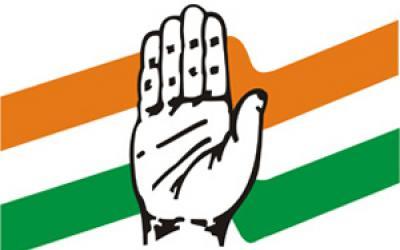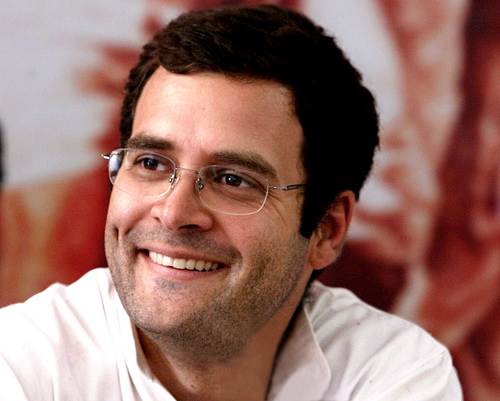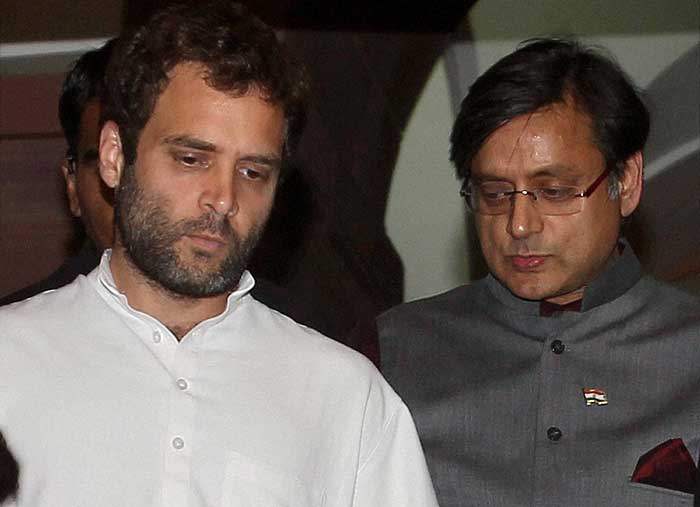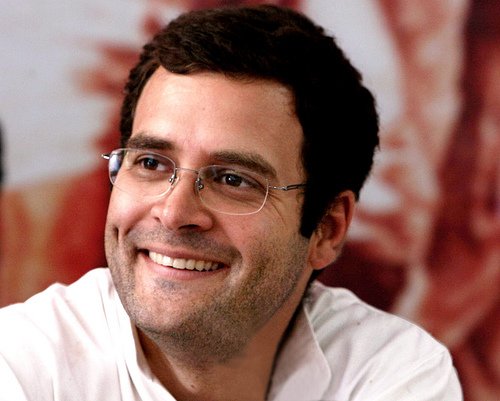
One of the points that I have made over and over again in the columns that I have written on black money is that theNarendra Modi government needs to concentrate on domestic black money as well.
Since coming to power in May last year, the Modi government has made a lot of noise and come up with legislation on trying to curb the black money leaving the shores of this country. Black money is essentially money which has been earned but on which tax has not been paid.
Nevertheless, it is important to realise that ultimately almost all the black money is domestic i.e. it is generated within the country when people earn money (through legal or illegal means) and do not pay any tax on it.
Given this, it is more important to concentrate on trying to bring down the total amount of black money being generated instead of trying to get back the black money that has already left India. One way to do this is to get more people under the income tax net. Efforts are being made on this front.
A PTI report points out that: “The income tax department has launched an ambitious drive to bring under its net 10 million new taxpayers, after the government recently asked the official to achieve the target within the current financial year.”
Region wise targets have been set. Pune leads the list with a target of more than 10 lakh new assesses. This is an interesting move and if it is successful this will lead to more people paying income tax and hence, the total amount of black money within the system will come down.
When the total amount of black money comes down, lesser black money will go into real estate. And this will help in ensuring that only those who really want homes to live in,will buy. This will help in controlling real estate prices.
Other than getting more people to pay income tax, the government also needs to concentrate on blocking leakages on the subsidy front. In 2004-2005, the total subsidies offered by the government stood at Rs 47,432 crore. By 2013-2014, this number had ballooned to Rs 2,54,632 crore. The total subsidies of the government had jumped by 5.4 times during the period. In comparison, the total expenditure of the government had jumped by only 3.15 times.
Only if the subsidies were reaching those for whom they were intended for, it would not have been a problem. In October 2009, Montek Singh Ahluwalia, the then deputy chairman of the Planning Commission had said: “a Plan panel study on PDS [public distribution system] found that only 16 paise out of a rupee was reaching the targeted poor.”
So where did the remaining 84 paise go? It was stolen in between. Obviously people who stole the subsidies would neither be declaring this money as income and nor be paying any income tax on it.
As Saurabh Mukherjea and Sumit Shekhar of Ambit write in a recent research titled Real Estate: The unwind and its side effects: “Subsidies under the UPA regime grew at a staggeringCAGR[compounded annual growth rate] of 19% per annum…A substantial portion of these subsidies(30-50%) was pilfered by the political class and used by them to fund investment in gold and real estate.”
In comparison to Ahluwalia’s estimate, Mukherjee and Shekhar are being extremely conservative. Nevertheless, the point being made is the same—that government subsidies are terribly leaky. The politicians who stole this money obviously did not declare this as income. This black money then found its way into real estate and drove up real estate prices.
As a FICCI report on black money published in February 2015 points out: “The Real Estate sector in India constitutes for about 11 % of the GDP of Indian Economy, as these transactions involve high transaction value. In the year 2012-13, Real Estate sector has been considered as the highest parking space for black money.”
So what has happened since the UPA was voted out of power? In 2015-2016, the total amount of subsidies have been budgeted at Rs2,43,811 crore, which is lower than the Rs 2,54,632 crore that had been spent in 2013-2014. One reason for this is obviously a fall in oil prices. The number in 2014-2015 had stood at Rs 2,66,692 crore.
This cut in subsidies along with the fact that some subsidies are now directly being paid into bank accounts is likely to help bring down both black money as well as real estate prices. As Mukherjea and Shekhar write: “The NDA has cut subsidies sharply (down 9% in 2015-2016) and is shifting subsidies to Direct Benefit Transfer (DBT); at least 10% of the overall subsidies have already been moved to the DBT. As a result, the ability ofthe politician-and-builder to pilfer subsidies to fund real estate construction has been checked.”

While cutting down on subsidies further may not be politically possible, if more and more of subsidies are paid directly into the bank account of the beneficiaries, the total amount of black money within the system is likely to come down.
Taking these steps rather than chasing black money that has left the shores of this country makes more sense and will have a greater impact on bringing down real estate prices in India. This will go a long way in making homes affordable for those who want to buy homes to live in rather than to invest.
As Mukherjea and Shekhar put it: “the NDA Government is engineering a clamp down on black money in India. The 2015-2016 Union Budget explicitly aimed to disincentivise the black economy and curb the demand for physical assets. With the new Black Money Bill (which was passed by the Parliament on May 26) and with the Cabinet approving the Benami Transactions Bill in May this year, the crackdown on blackmoney will continue further.”
These steps need to continue.
(VivekKaul is the author of the Easy Money trilogy. He tweets @kaul_vivek)
The column originally appeared on Firstpost on July 20, 2015




